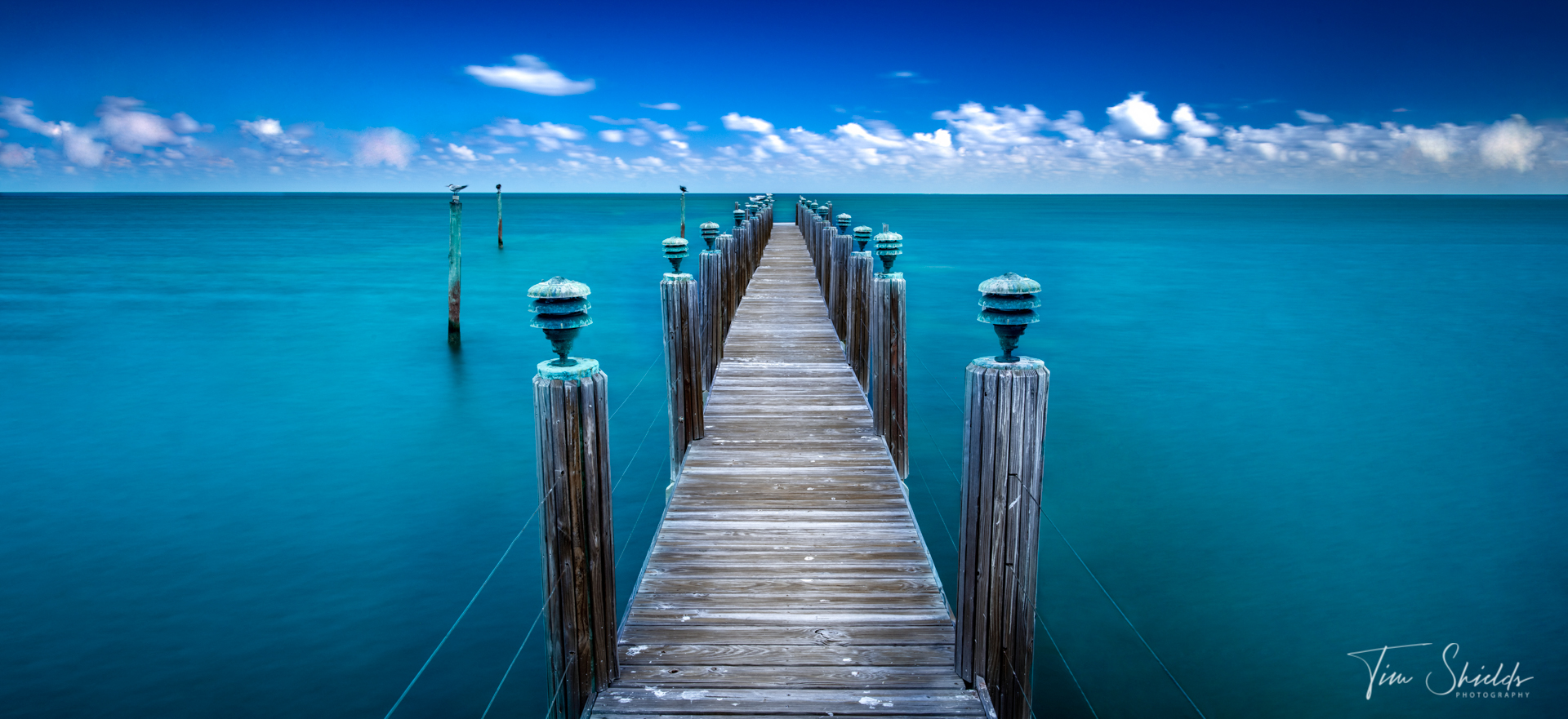Buzz Haven: Your Daily Dose of Trending News
Stay updated with the latest buzz in news, trends, and insights.
Chasing Light: Secrets of a Landscape Photographer
Unveil the secrets of stunning landscapes! Discover expert tips and inspiring stories from a landscape photographer chasing the perfect light.
Mastering Golden Hour: Tips for Capturing Stunning Landscape Photography
Mastering the golden hour in landscape photography can transform ordinary scenes into breathtaking images. The golden hour, which occurs shortly after sunrise and before sunset, provides soft, diffused light that enhances colors and shadows. To make the most of this magical time, plan your shoots in advance by checking sunrise and sunset times in your area. Arrive at your chosen location early to scout compositions and set up your camera gear. Consider using a tripod to stabilize your shots during the low light conditions, and experiment with different angles to capture the unique interplay of light and shadow.
Once you’re in position, remember to embrace the changing light. The beauty of the golden hour lies not only in the warm tones but also in its dynamic nature. As the sun dips closer to the horizon, adjust your camera settings to accommodate the shifting light; a lower ISO and wider aperture will help capture the vibrancy of the scene. Additionally, don't shy away from incorporating elements such as silhouettes or reflections to add depth to your images. Lastly, always keep an eye on the sky, as dramatic clouds can enhance your composition, resulting in stunning landscape photography that captivates your audience.

The Art of Composition: How to Frame Your Landscape Shots Like a Pro
When it comes to landscape photography, mastering the art of composition is essential for capturing breathtaking images that tell a story. One of the fundamental principles is the rule of thirds, which divides the frame into a 3x3 grid. By placing key elements along these lines or at their intersections, you create a more balanced and engaging image. Additionally, incorporating leading lines, such as winding roads or rivers, naturally draw the viewer's eye into the scene, enhancing depth and perspective.
Another effective technique is to experiment with different frame elements such as foreground objects or natural frames like tree branches. This adds layers to your photography and provides context for the landscape. Remember that the light plays a critical role in composition as well; golden hour offers soft, warm tones that can dramatically enhance your scene. By combining these techniques and practicing regularly, you'll elevate your landscape shots and capture the essence of nature like a professional.
What Gear Do Landscape Photographers Really Need? A Comprehensive Guide
Landscape photography is a stunning way to capture the beauty of nature, but having the right gear is essential for achieving the best results. The gear you invest in can significantly influence the quality of your images. To get started, a reliable camera body, such as a DSLR or mirrorless camera, is crucial. Pair it with a versatile zoom lens or a wide-angle lens to capture expansive landscapes. Additionally, a sturdy tripod is vital for stabilizing your camera in low-light conditions and allowing for long exposure shots, which are popular in landscape photography.
In addition to the basics, there are several accessories that can enhance your landscape photography experience. Filters, particularly polarizing and neutral density filters, can dramatically improve the quality of your images by reducing glare and controlling exposure. A well-designed camera bag will help protect your equipment during hikes and travel. Finally, consider investing in post-processing software for editing your photos, as it can take your landscape shots to the next level. Remember, while gear is important, taking the time to learn how to use it effectively will ultimately lead to stunning results.